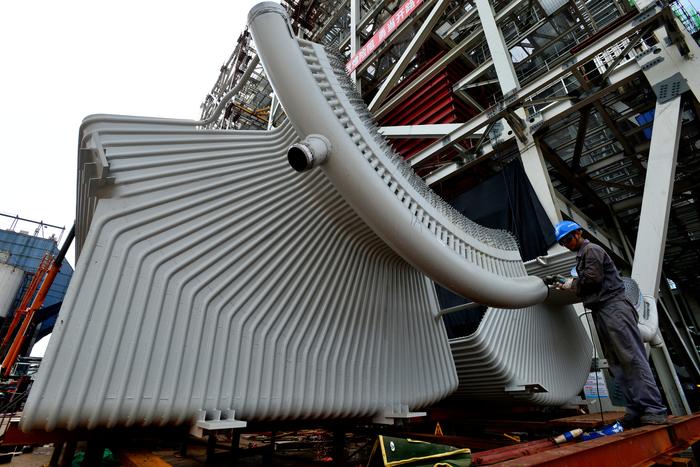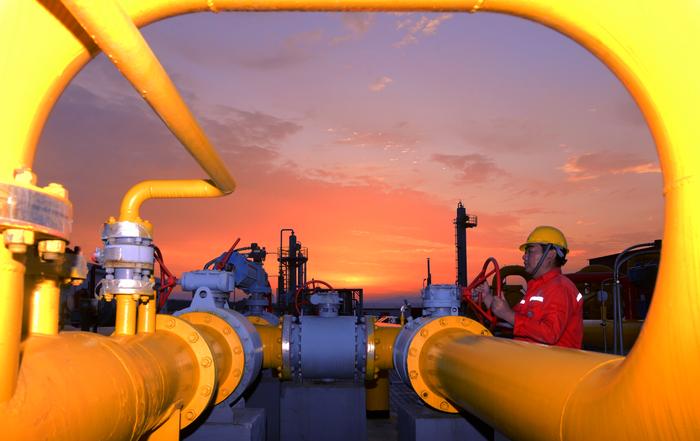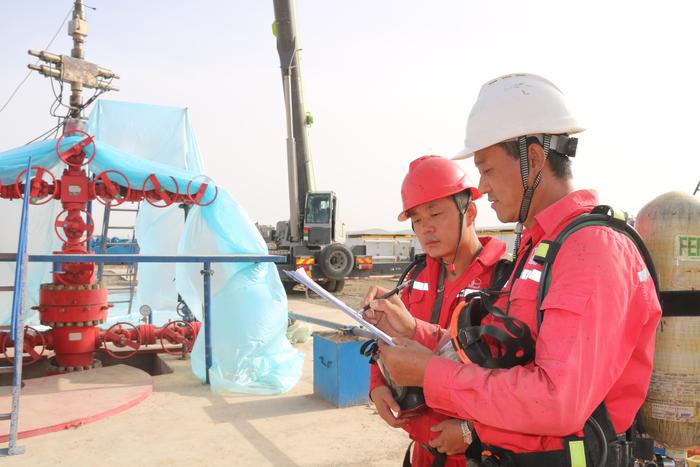|
| 2020-09-16 来源: 中国石化新闻网 |
| 石化新闻 |
中国石化新闻网讯 据ICIS网站9月10日消息 国际能源机构(IEA)周四表示,塑料回收利用的发展以及氢等清洁能源开发的推动下,加之液体燃料需求的潜在下降,可能会限制未来几十年的甲醇需求。 IEA补充称,只有在对这些改革的承诺依然坚定的情况下,这一目标才能实现。 甲醇是化学品和燃料生产的关键中间体,预计在未来很长一段时间内,其需求将继续持续增长。 然而,根据IEA可持续发展设想(该机构为世界在2070年前实现净零排放制定的路线图)消费可能在2040年代中期达到峰值。 据IEA称,推动甲醇需求见顶的主要因素将是塑料回收行业的增长,以及随着电动汽车(EV)行业和清洁氢动力的持续增长,运输行业液体燃料的使用量减少。 总部设在巴黎的该机构在周四发布的《能源技术展望》报告中称:“塑料回收利用的增加减少了甲醇生产的需求。” 燃料应用占甲醇产量的三分之一左右,在该机构的可持续发展设想下,液态燃料的使用将在这段时间内基本绝迹。 王磊 摘译自 ICIS 原文如下: Growth of plastics recycling could help cap methanol demand – IEA The development of plastics recycling and the potential drop in liquid fuels demand on the back of the development of clean energy sources such as hydrogen could cap methanol demand in the next decades, the International Energy Agency (IEA) said on Thursday. This would only be achieved if commitment to those reforms remains strong, it added. Demand for methanol, a key intermediate in chemicals and fuels production, had been expected to continue to grow continuously well into the future. However, under the IEA’s sustainable development scenario - a roadmap developed by the agency for the world to reach net-zero emissions by 2070 – consumption could peak in the mid-2040s. The key drivers for methanol demand to peak would be the growth of the plastics recycling sector and reduced usage of liquid fuels in the transport sector as the electric vehicle (EV) sector and clean hydrogen power continue to grow, according to the IEA. “Additional plastic recycling reduces the need for methanol production,” the Paris-headquartered agency said in its energy technology perspectives report, released on Thursday. Fuel applications account for around a third of methanol production, and under the agency’s sustainable development scenario, liquid fuel use would be largely extinct under that timeline. |







